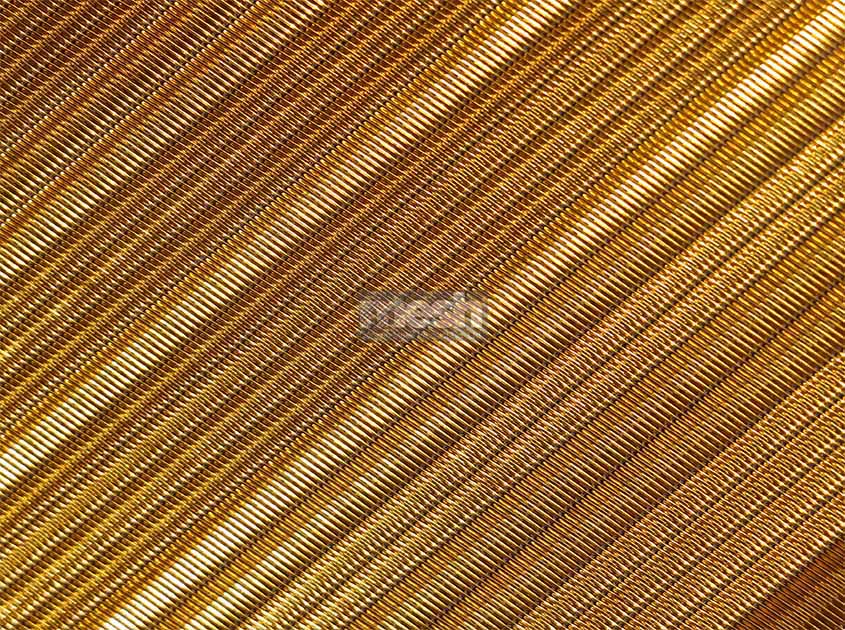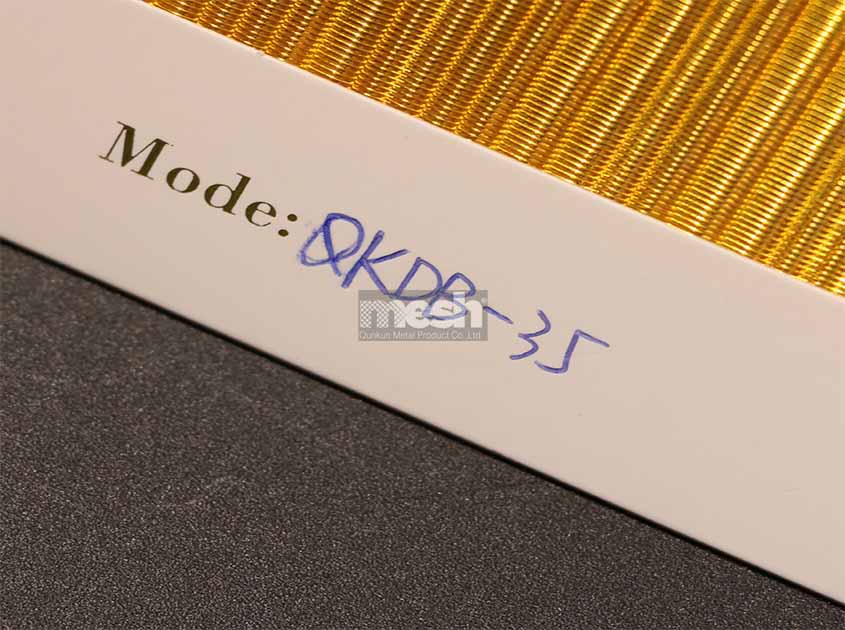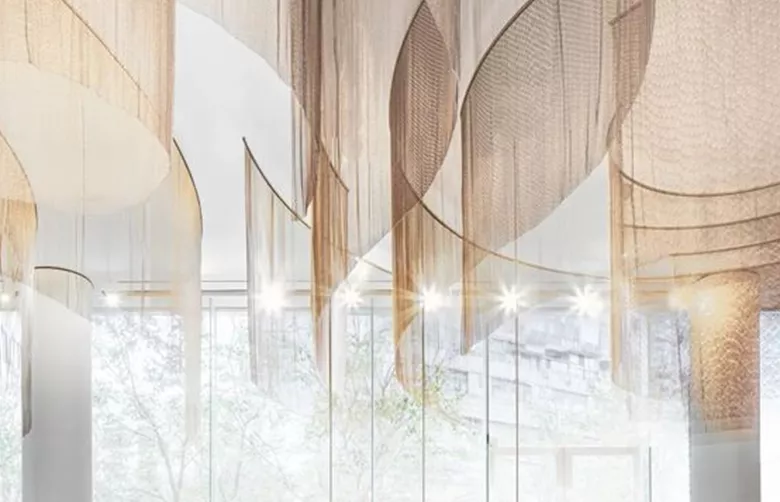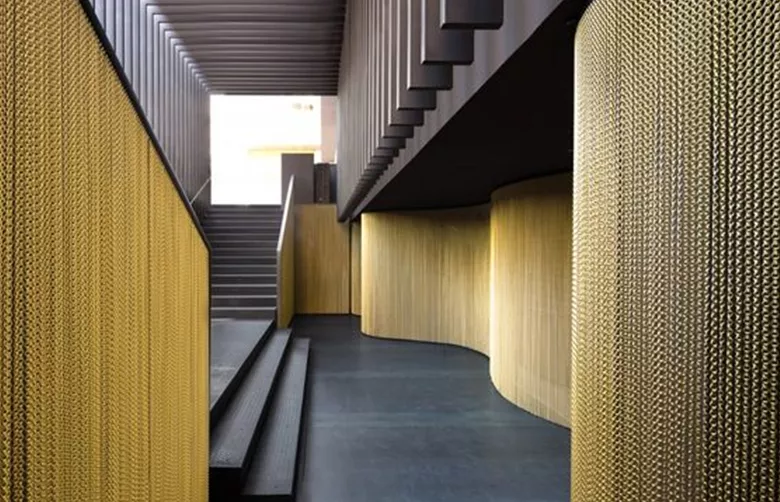-
About UsProductsCustomized SolutionProjectGalleryNews
The Impact of Woven mesh fabric on Air Quality in HVAC Filtration
Release time: September 25, 2023Woven mesh fabric provides excellent filtration as part of an HVAC filtration system. It can effectively capture and filter particles in the air, such as dust, pollen, bacteria, viruses, etc., improving the cleanliness of indoor air. This filtration effect is of great significance for improving indoor air quality, preventing cross-infection, and protecting people's health.

Woven mesh fabric has a certain resistance to air flow, which can slow down the flow of air and help distribute the air more evenly into the room. This resistance characteristic has a positive effect on improving the energy efficiency of HVAC systems and reducing energy consumption. At the same time, by rationally selecting the structure and material of Woven mesh fabric, its resistance characteristics can be further optimized, thereby achieving better energy-saving effects.

Woven mesh fabric has good durability and can withstand various environmental conditions in HVAC systems. Its material and structure can resist the effects of high temperature, low temperature, humidity, ultraviolet rays and other environmental factors, thereby extending its service life. This durability helps reduce the frequency of filter replacements, reducing waste and costs, while also being environmentally friendly and sustainable.
The materials used in the production process of Woven mesh fabric are usually recyclable, such as recycled plastics, waste textiles, etc. This environmentally friendly production method helps reduce waste generation and negative impact on the environment. At the same time, when the Woven mesh fabric reaches the end of its service life, it can also be recycled or reasonably degraded, thereby further reducing the impact on the environment.
Recommended News





